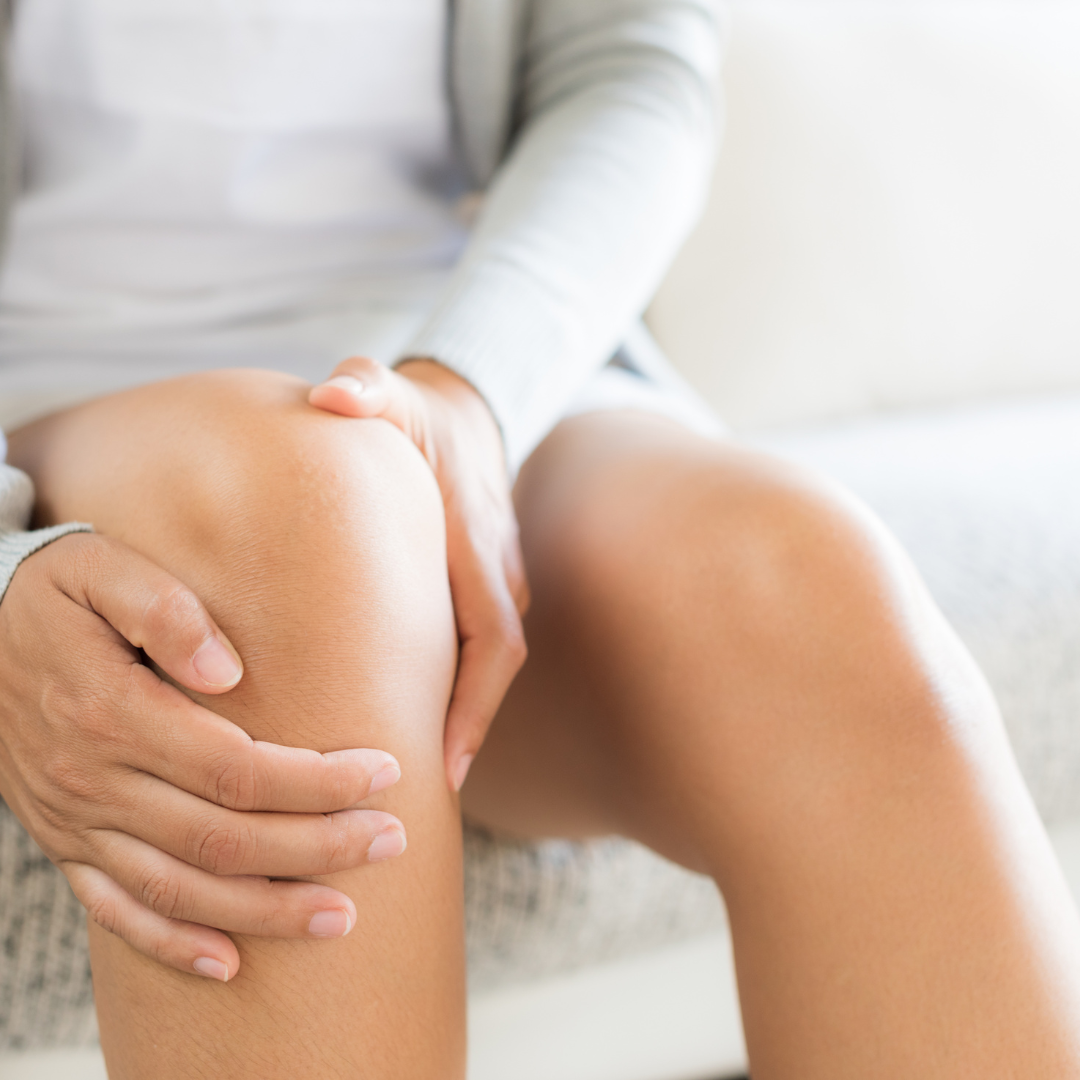Knee Pain

Is Your Knee Pain Hindering Your Ability to Exercise, Move, and Enjoy Daily Activities?
Do any of these scenarios sound familiar?
- You expected the pain to subside within a few days or weeks, but it persists.
- Despite trying various remedies like heating pads, ice, and home TENS units, the pain remains unchanged.
- Massages provided temporary relief, but the pain returned shortly after.
- Doctors prescribed injections or medication, yet the relief was short-lived.
- Past attempts at physical therapy failed to alleviate the discomfort.
- You've resorted to avoiding activities that exacerbate the pain, but it's impacting your quality of life.
We’re Here to Provide Lasting Solutions!
At Puckett Physical Therapy, we understand the challenges of knee pain. Our dedicated team, led by Dr. Tim Puckett, specializes in comprehensive treatment to address your knee issues effectively.
Typical Knee Conditions We Address:
- Arthritis
- Meniscal Tears
- Ligament Injuries (ACL, MCL, PCL, LCL)
- Patellar Tendinitis
- Patellofemoral Pain Syndrome (Runner's Knee)
- IT Band Syndrome
- Pre/Post-Op Knee Replacement
Common Causes of Knee Pain:
- Impaired Mechanics: Stiffness in the joint or reduced muscle flexibility leading to limited range of motion, muscle weakness, and imbalance.
- Injury: Sudden impact or excessive load on the knee tissue.
- Chronic Compensations: Previous injuries or fear of reinjury causing avoidance of certain activities and overuse of other muscle groups.
Puckett Physical Therapy Approach:
- Break the Pain Cycle: Educate, apply manual therapy, and enhance tissue mobility to alleviate discomfort.
- Improve Joint Mechanics: Enhance joint, muscle, and nerve function during daily tasks and specific exercises.
- Strengthening and Endurance: Build muscle strength, power, and endurance to prevent reinjury and enhance performance.
Knee-Specific Treatments at Puckett Physical Therapy:
- Correct Lower Extremity Alignment and Foot Mechanics
- Enhance Joint Nutrition and Fluid Exchange
- Strengthen Quadriceps, Hamstrings, and Hip Muscles for Stability
- Improve Tissue Mobility through Various Techniques like Massage, Mobilization, Cupping, Dry Needling, and Stretching
- Reduce Nerve Sensitivity through Targeted Exercises
- Progress Plyometric and Functional Activities for Improved Functionality
Key Points to Understand:
- Tissues Heal: The body has innate repair mechanisms, but sometimes assistance is needed to transition from inflammation to recovery.
- Pain Correlation: Pain may not always correlate with imaging results, highlighting the complex nature of hip issues.
- Soreness Indicators: Soreness post-exercise indicates tissue adaptation but should be monitored to avoid overloading.
- Return to Activities: With proper education, mechanics, and progressive loading, returning to desired activities is achievable.
Ready to address your knee pain and reclaim your active lifestyle? Contact us at Puckett Physical Therapy to start your journey toward pain relief and improved mobility.
